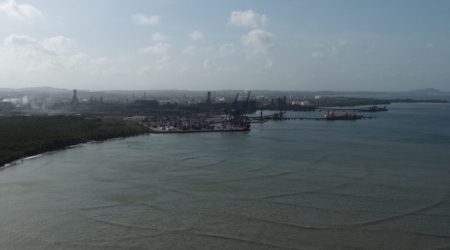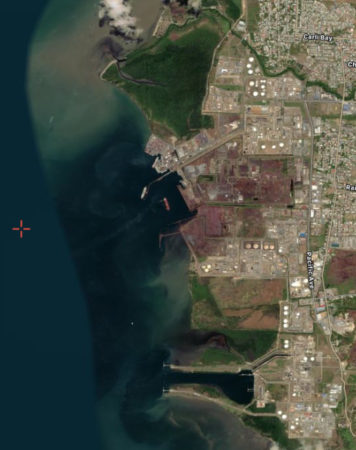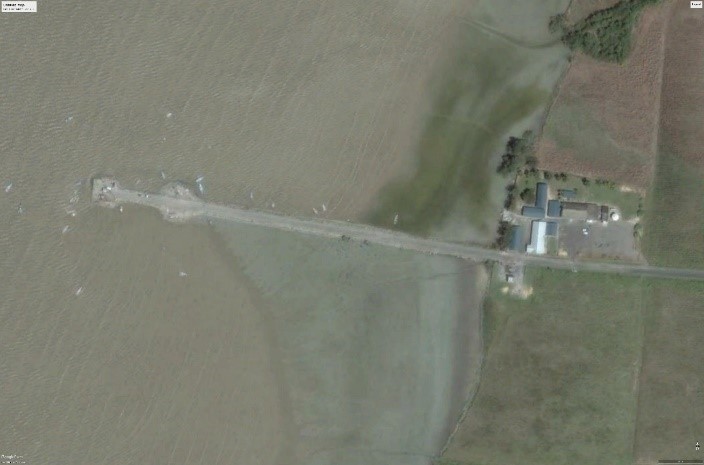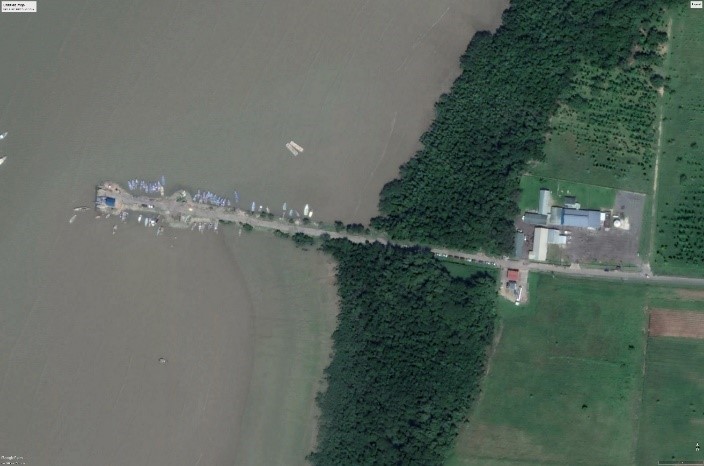Trinidad and Tobago has a rich abundance and diversity of shorebirds and provides vital habitats for them during migration and over winter. Martin Gebauer, the recipient of a small grant for work on shorebirds from BirdsCaribbean, gives us a historical perspective and an update on shorebird populations and their habitats on the island of Trinidad. Find out from Martin if using drones can help us to count and monitor shorebirds.
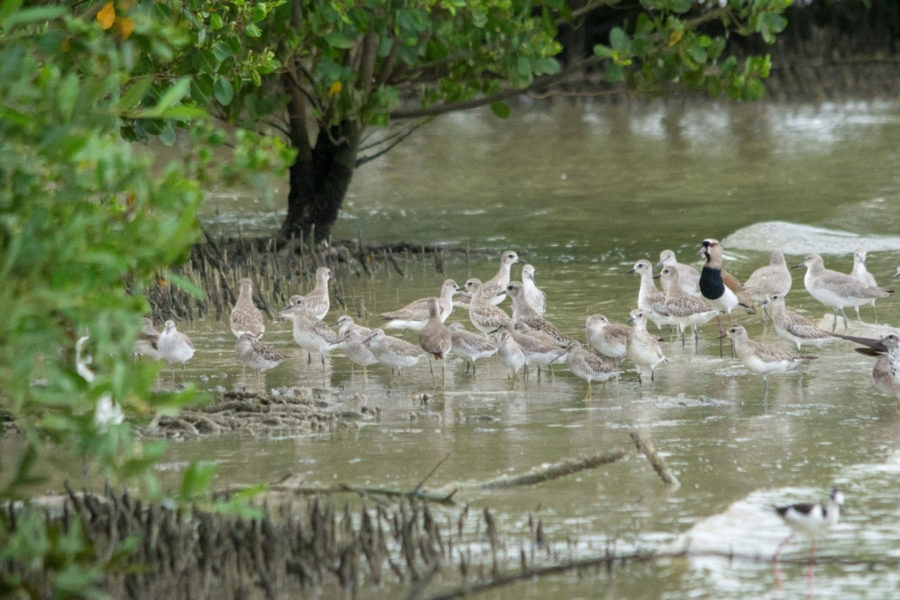
TAKING A DEEPER LOOK AT MIGRATING SHOREBIRDS IN TRINIDAD AND TOBAGO
Arctic-nesting shorebird populations have shown serious declines on breeding grounds, and at staging and wintering areas across their range. The US Fish and Wildlife Service (USFWS), Canadian Wildlife Service (CWS), BirdsCaribbean (BC), and others have been looking into threats – including hunting – to shorebirds in the Caribbean through the Atlantic Flyway Shorebird Initiative (AFSI). It is clear, however, that more research is needed on the abundance, diversity, distribution, and habitat use of shorebirds migrating through or wintering in Trinidad and Tobago (TT), as well as the location of staging and wintering areas in the country. To support the AFSI, shorebird surveys (including the use of a drone) were conducted from 2018 to 2020. To determine the scale of shorebird declines, survey data were compared to data from aerial surveys on fixed wing aircraft conducted by Morrison and Ross (CWS) in 1982. The current work was supported by the USFWS and BirdsCaribbean.
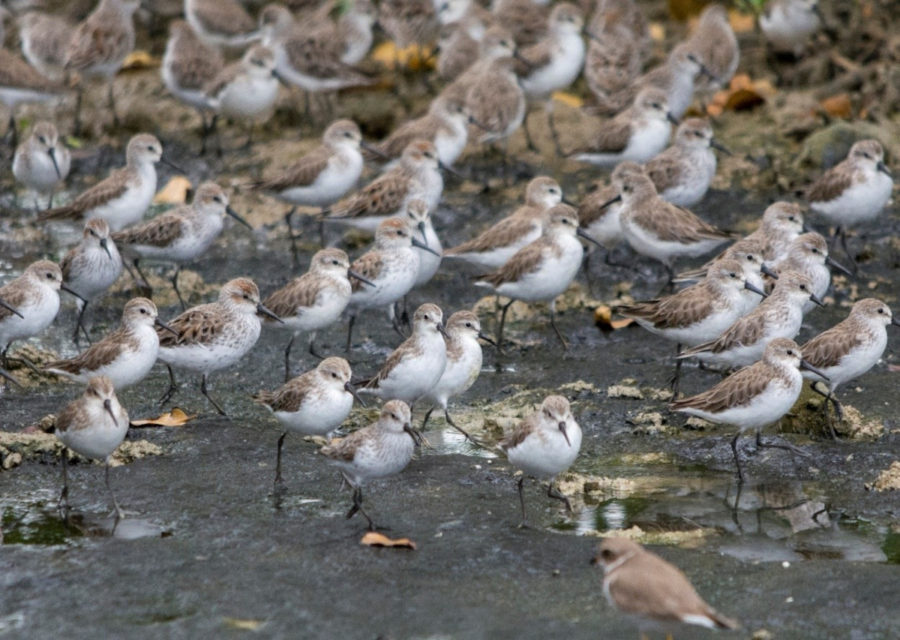
THE RICH DIVERSITY OF TRINIDAD AND TOBAGO’S SHOREBIRDS
Shorebird diversity in Trinidad and Tobago is particularly rich. Of the 48 shorebird species recorded to date, some of which are European vagrants, 23 species were observed during the 2018 to 2020 surveys. Our surveys, and those by Morrison and Ross and others, found that the Semipalmated Sandpiper is by far the most common species, representing around 90% of shorebirds tallied in the country. Other common species are Western Sandpiper (see photo), Semipalmated Plover, Lesser Yellowlegs, Stilt Sandpiper, Whimbrel, and Willet. Historical accounts suggest a similar mixture of species
SADLY, SHOREBIRDS IN DECLINING NUMBERS
The February 1982 aerial survey of Trinidad by Morrison and Ross documented more than 13,600 Nearctic shorebirds. But there is worrying news. The maximum number of birds seen on the 2018 to 2020 surveys was 4,174 (September 2018). This disturbing decline, which is described in more detail below, matches up with the USFWS and CWS findings. Although an accurate estimate of the percent decline is difficult, current shorebird populations are likely only between 20 to 30% of 1982 levels.
WHERE WERE WE LOOKING FOR SHOREBIRDS?
Some of the most important habitats for shorebirds are on the west coast of Trinidad. In fact, the west coast mudflats are designated as an Important Bird Area (IBA) by Birdlife International. The area between the southern end of Caroni Swamp and south past the Couva River mouth to around Pointe-à-Pierre seems to be particularly good for shorebirds. Where the mudflats look greenish in color, there is a thick slurry of biofilm (i.e., diatoms, bacteria, organic detritus, and benthic invertebrates), a very important food source for Semipalmated and Western sandpipers. Morrison and Ross found that about 99% of all shorebirds observed on their aerial surveys were on the west coast mudflats, which aligns with the approximately 95% of shorebirds documented from 2018 to 2020. Very few shorebirds have been observed on the northern, eastern, or southern coasts.
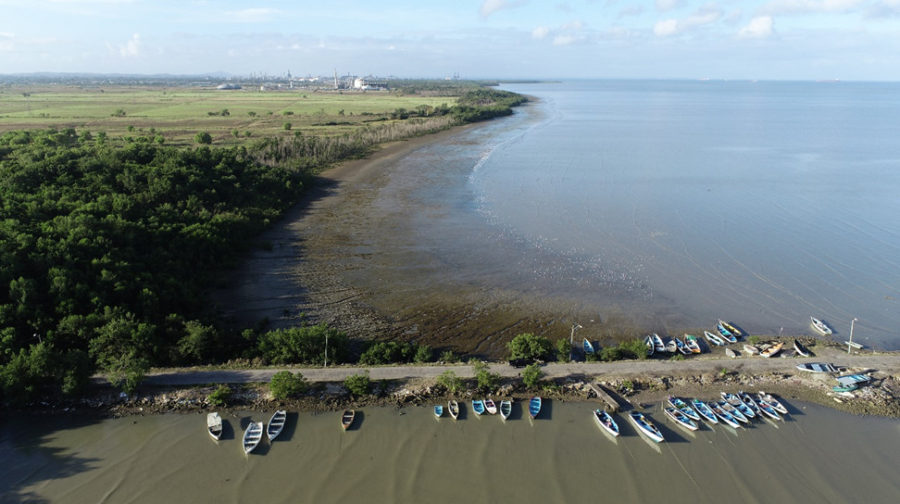
Another important area for shorebirds is the Caroni Rice Fields. Regrettably, since 2003, rice farming has been abandoned in large portions of these fields and the overall habitat for shorebirds has declined. However, in some years – for example, in 2020 – large numbers of shorebirds can still be found here.
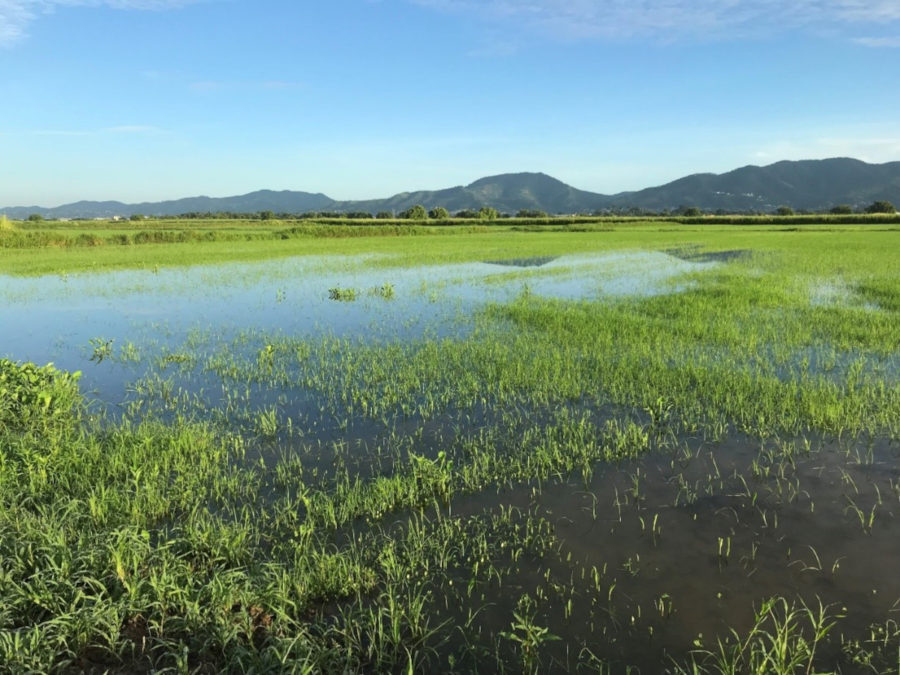
WHAT DID THE DRONE SURVEYS SHOW?
The drone surveys provided an excellent overview of habitats at each of the sites surveyed. Unfortunately, because the images were not sufficiently high resolution, a detailed analysis of shorebird use, whether manual or software-driven, was not possible. Another challenge was that birds were disturbed and often flew away, even when the drone was at a height of 100 m. We did find that drones may be suitable for surveying larger species such as gulls, skimmers and terns, as shown in the adjacent picture (Brickfield, 40m, 05 April 2020).
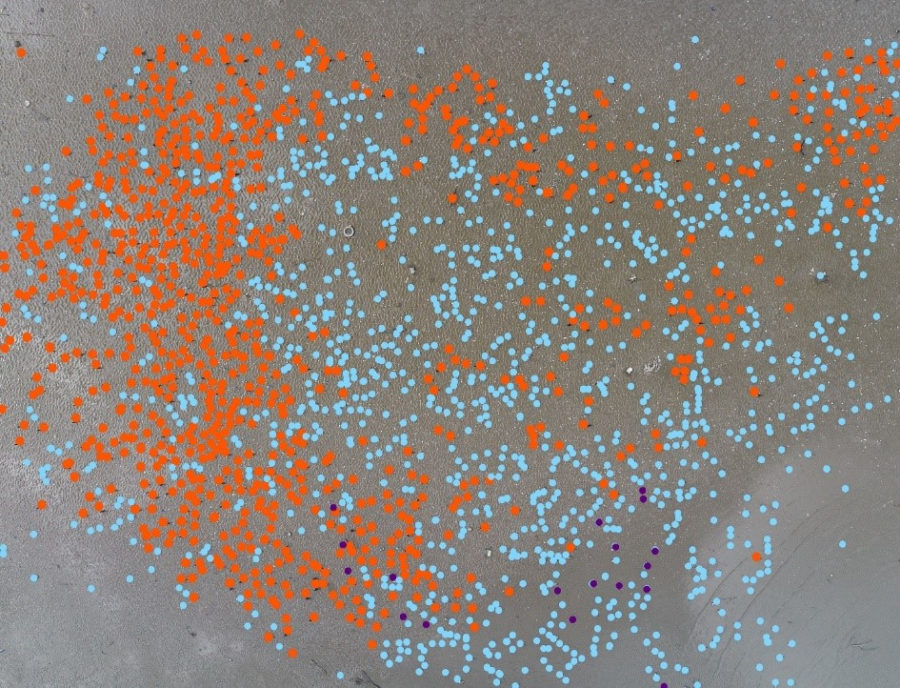
ARE SHOREBIRDS LOSING THEIR OLD HANGOUTS?
The area with the highest shorebird numbers during the 1982 Morrison and Ross surveys was the Point Lisas industrial development (see photo). However, currently this area is not accessible by foot or drone. Nevertheless, a review of recent aerial imagery suggests that habitats in this area have been dramatically altered through dredging and land reclamation activities.
Apparently, this loss of the mudflats that provide so much food and foraging for small shorebirds (Semipalmated and Western Sandpipers) appears to be a cause of the considerable declines of these charming, once abundant little birds between the 1982 and the 2018-2020 surveys.
Following the construction of the Orange Valley fishing pier, there has been a dramatic decline in the surrounding mudflats, with a rapid expansion of mangroves in the area.
There are local factors that are contributing to the declining numbers of shorebirds in Trinidad. Previously rich areas where they foraged for food are disappearing. In some areas, an increase in mangrove growth has affected the mudflats that shorebirds love. We must also take into account the global picture; across the flyway shorebirds are declining. What lessons can we learn from other countries? One thing is clear: To ensure that these losses of habitats for the wintering shorebirds do not continue in Trinidad, protecting and restoring remaining mudflat areas on the west coast of Trinidad has to be a critical goal in shorebird management.
This downward spiral has to be slowed or better still, turned around.
Martin Gebauer is an ornithologist and president of Gebauer & Associates Ltd., an environmental consulting firm. He is currently working on his PhD at the University of Oxford. He carried out research on shorebird hunting in the Caribbean for his MSc from Oxford.
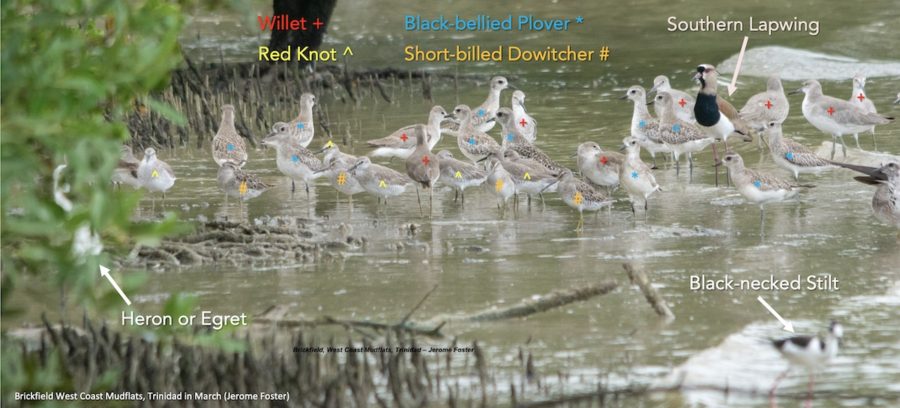
To learn more about shorebird ID, check out this training webinar:

